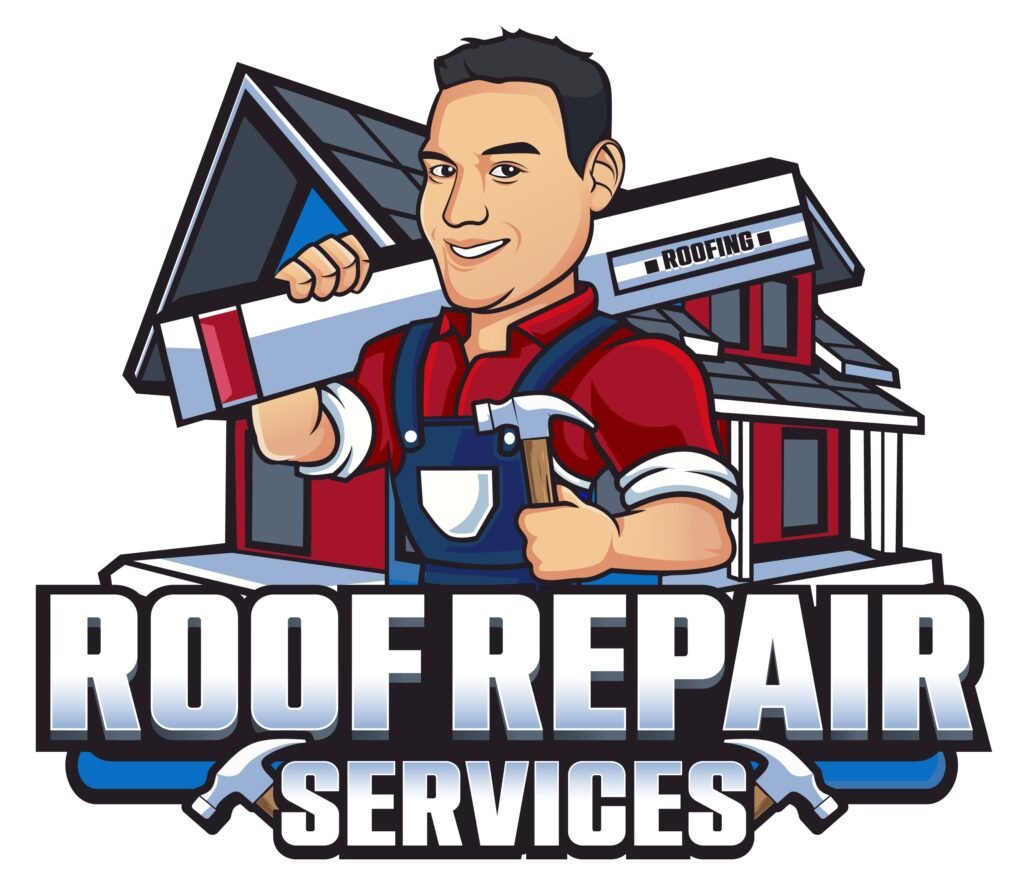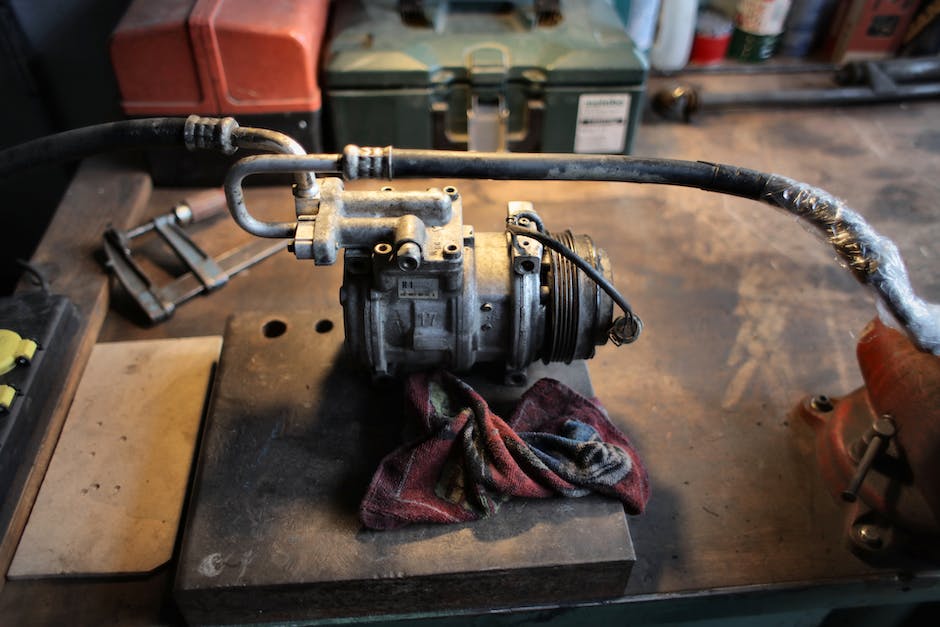Introduction to Hail Damage and Roof Repair Needs
Hail can be a roof’s worst enemy. Picture golf balls raining down from the sky, except these can dent, crack, or even punch holes through your roof. Not all hail is trouble, but it’s the big ones, typically 1 inch in diameter or larger, that wreak havoc. When they hit, they can damage roof shingles, causing cracks or splits. Over time, this damage leads to leaks, which if ignored, may mean a small issue today turns into a giant hole in your wallet tomorrow. Repair needs differ based on your roof’s materials— asphalt shingles may just need a few replacements, but a metal roof could require a more extensive fix. Essentially, after a hailstorm, inspecting your roof or having a professional take a look is a smart first step. This check-up can tell you how bad the damage is and if you need to brace your bank account for a repair job.
Signs of Hail Damage on Your Roof
After a hailstorm, you might wonder if your roof got hit hard. Here’s how to spot hail damage: Look for dents on shingles, gutters, or vents. These are telltale signs. Shingles that got smacked by hail might also lose granules, which protect them from the sun. If you see bare spots or granules collected in your gutters, that’s a red flag. Also, check for cracked or broken shingles. Even small hits can cause big problems later. And if you notice any shiny areas on asphalt shingles, that’s where hail has knocked off the granule layer. Don’t just stand on the ground and decide you’re good. Sometimes, damage isn’t obvious from down there. Getting a professional to take a look might save you a lot of headaches and cash down the road.
Types of Roofs and Their Vulnerability to Hail Damage
Different roofs get hit by hail differently. It’s not just about the size of the hail; the material your roof is made of plays a big role in how much damage it might take. Let’s break it down simply. Asphalt shingles are common and take the hits reasonably well. They might lose some granules, but they hold up. Metal roofs? They’re tough. Hail bounces off them, usually leaving minimal marks. Tiles made of clay or concrete can crack if the hail’s big enough. Now, wooden shingles are a bit tricky. They can split when hit by hail. Hail damage isn’t just cosmetic; it affects your roof’s lifespan and protection. Keep this in mind when thinking about repair costs because fixing a metal roof might be cheaper than replacing cracked tiles or split wood shingles. So, the type of roof you have can make a big difference when hail comes knocking.
How to Assess the Extent of Hail Damage
First things first, knowing how bad the hail damage is on your roof is key. You don’t need to be a pro to start figuring it out. Use your eyes. Look for dents, cracks, or missing pieces in the shingles. These signs scream hail damage. Also, check your gutters and downspouts. If they’re full of shingle granules, that’s bad news. It means your shingles are not in their prime shape. If you’re brave enough to climb up there (safety first, please), you can get a closer look. No ladder? No problem. A pair of binoculars from the ground can give you a decent peek. Just remember, if doubts creep in, call in a professional to have a look. They can spot things you might miss and give you the full picture. This step is crucial because it sets the stage for understanding what kind of repairs you’ll need and how urgent they are.
The Basic Costs Involved in Hail Damage Roof Repair
When hail hits, it can leave your roof with anything from minor bruises to big holes. Fixing this isn’t cheap, but not fixing it could cost you even more in the long run. For starters, the cost heavily depends on how bad the damage is and the type of your roof. On average, homeowners spend (700 to )4,000 to repair hail damage on their roofs. But, if the damage is severe enough to need a full roof replacement, you’re looking at (2,500 to )25,000, depending on your roof’s size and the material used. Asphalt shingles are cheaper to fix compared to metal roofing. Remember, the final cost also includes labor, materials, and, yes, sometimes a hike in your insurance premium post-repair. Always get a professional to inspect the damage because what looks minor could be worse than you think.
Factors Influencing Hail Damage Roof Repair Costs
Several elements impact the cost of repairing a roof after hail damage. First, the size of the hail matters. Bigger hail can cause more damage, increasing repair costs. Second, the extent of damage is crucial. A few dents may be minor, but widespread damage across your roof will bump up the price. Third, material costs play a role. Some roofing materials, like asphalt shingles, are cheaper to repair than something more upscale, like slate. Fourth, labor costs cannot be ignored. The more complex and time-consuming the repair, the higher the labor cost. Finally, where you live influences the price. In areas prone to hail, repair costs might be higher due to demand. Keep these factors in mind when budgeting for repairs after a hailstorm.
Navigating Insurance Claims for Hail Damage Repair
When hail hits, the first thing you should check after ensuring everyone’s safe is your roof. Why? Because your roof takes the most beating and getting repairs covered by insurance can be a tricky path. Here’s the thing, not all insurance policies cover hail damage the same way. So, you need to dig into your policy details. Look for what’s specifically said about hail damage. Some policies cover the full cost of repair, while others might only cover part of it, depending on the age of your roof or the size of the hail.
The moment you notice hail damage, document it. Take pictures, lots of them, from every angle. This will be your best friend when dealing with insurance claims. Next up, call your insurance company to report the damage. They’ll likely send an adjuster to inspect. Remember, having your contractor’s estimate in hand when the adjuster arrives can help ensure the assessment is fair.
Sometimes, insurance companies might be slow to approve claims or their offer might not cover all your repair costs. If this happens, don’t back down. Be persistent. It’s your right to get a second opinion or ask for a reassessment if the compensation seems off. Keep all your receipts and records of communication. They’re your evidence if disputes arise.
Bottom line, navigating insurance claims for hail damage repair isn’t straightforward. But knowing your policy, documenting everything, and standing firm can make the process a whole lot smoother.
Preventive Measures to Protect Your Roof from Future Hail Damage
To save on future repair bills, taking steps to protect your roof from hail damage is smart. First, consider impact-resistant roofing materials when it’s time for a replacement or if you’re building a new home. While more expensive initially, materials like rubberized roofing and certain types of metal roofs can resist hail better, saving money in the long run. Second, trim trees close to your house. Falling branches during a storm can weaken your roof, making it more susceptible to hail. Third, regular roof inspections can catch minor damages before they turn into bigger, more expensive problems. After a hailstorm, inspect your roof or hire a professional to check for any damages. This proactive approach can help prevent minor issues from escalating. Lastly, if you live in a hail-prone area, investing in hail guards for skylights and other roofing features is wise. By taking these measures, you can significantly reduce your roof’s risk of hail damage, ensuring it lasts longer and remains sturdy against the elements.
Choosing the Right Contractor for Hail Damage Roof Repair
Choosing the right contractor for hail damage roof repair is as crucial as the repair itself. You want someone who knows their stuff like the back of their hand. First, look for a contractor with solid experience in hail damage repairs. They should have a good track record and reviews that back up their work. Make sure they are licensed and insured; this protects you if something goes south during the repair process. Don’t just settle for the first contractor you meet. Get estimates from several to compare prices and understand the scope of work each plans to carry out. Ask loads of questions about their process, materials, and timeline for completion. A reliable contractor won’t shy away from your questions. Finally, trust your gut. If something feels off about a contractor, it probably is. Go with someone who makes you feel comfortable and confident in their ability to get the job done right.
Summary and Final Thoughts on Managing Hail Damage Roof Repair Costs
When hail hits, the costs to repair your roof can vary wildly. But, you’ve got options to manage them. First, always check with your insurance company to see what they’ll cover. Remember, the type of material your roof is made from, the extent of the damage, and where you live can all impact the final bill. For minor fixes, you might just need a few hundred bucks, but a full roof replacement could run into thousands. The smart move? Prevention and maintenance. Regularly inspecting your roof and addressing small issues early can save you a heap of money in the long run. And if hail is common in your area, consider impact-resistant materials. They’re more expensive upfront but cheaper when you consider the cost of frequent repairs. To sum up, dealing with hail damage costs is all about being proactive, knowing your insurance coverage, and choosing the right materials for your situation.

